
Style of the Times
Society Materialized in Elon Women’s Fashion
By Hallie Milstein
Elon, N.C. — According to the signs littering the entryway of Elon University’s Koury Gym, shoulders are considered decent to be uncovered past that point, but shoulder blades and midriffs are a transgression.
Many female students have reported being asked to leave the facility or change their work-out attire to honor the code, making them feel embarrassed and outraged that their clothing is being monitored. In some cases, the dress code has been accused of targeting women by stigmatizing body parts that are commonly left uncovered by popular athleisure such as cropped exercise tops and racerback tanks.
Denying these claims, director of campus recreation and wellness, Larry Mellinger explained that the rules are for all genders and actually meant to prioritize health and safety by preventing skin contact and the exchange of bodily fluids that may spread disease during the pandemic. These rules have been in place for years, he highlighted, and they are continually updated based on student feedback.
“The dress code has changed since they faced so much scrutiny,” says Avery Delacey, an Elon student and Koury Gym employee who refuses to enforce the dress code, “so now people can stay in their clothes but just use a towel on mats and equipment to limit sweat due to COVID. Although I think this change to the rule helps, I still think the dress code is sexist due to the gym clothes that are marketed to women. Most trendy gym clothes are sports bras with pants. Why is stomach sweat different than sweat from men's legs when they wear shorts?”
The imposition of a restrictive dress code for female students challenges standards at Elon relating to women’s bodily autonomy. The outrage in response may signal that Elon’s students are ready to disrupt such cultural norms.
The conversation over what women are wearing on campus dates back to 1989 when the school’s doors opened and the first uniform and dress code were assigned, and this discussion is far from over.
A Look at the Past and Present:

1913: Women wore heavy black ankle-length uniforms as documented by the first ever Phi Psi Cli yearbook.

University archivist Chrystal Carpenter inspects a "mystery bonnet": nobody knows who it belonged to or when it came from.

In Elon's archive warehouse, clothes from students past serve as time capsules. Here lies gym shorts and a women's one-piece swimsuit from 1918, a riding skirt from 1907 and a sweater and midi suit belonging to a student from 1914.

University archivist Chrystal Carpenter inspects an old beanie that first-year students had to wear until the football team won their first home game, before the tradition was retired as hazing.

University archivist Chrystal Carpenter holds up a pair of women's gym short that belonged to a student in 1918, noting their length.
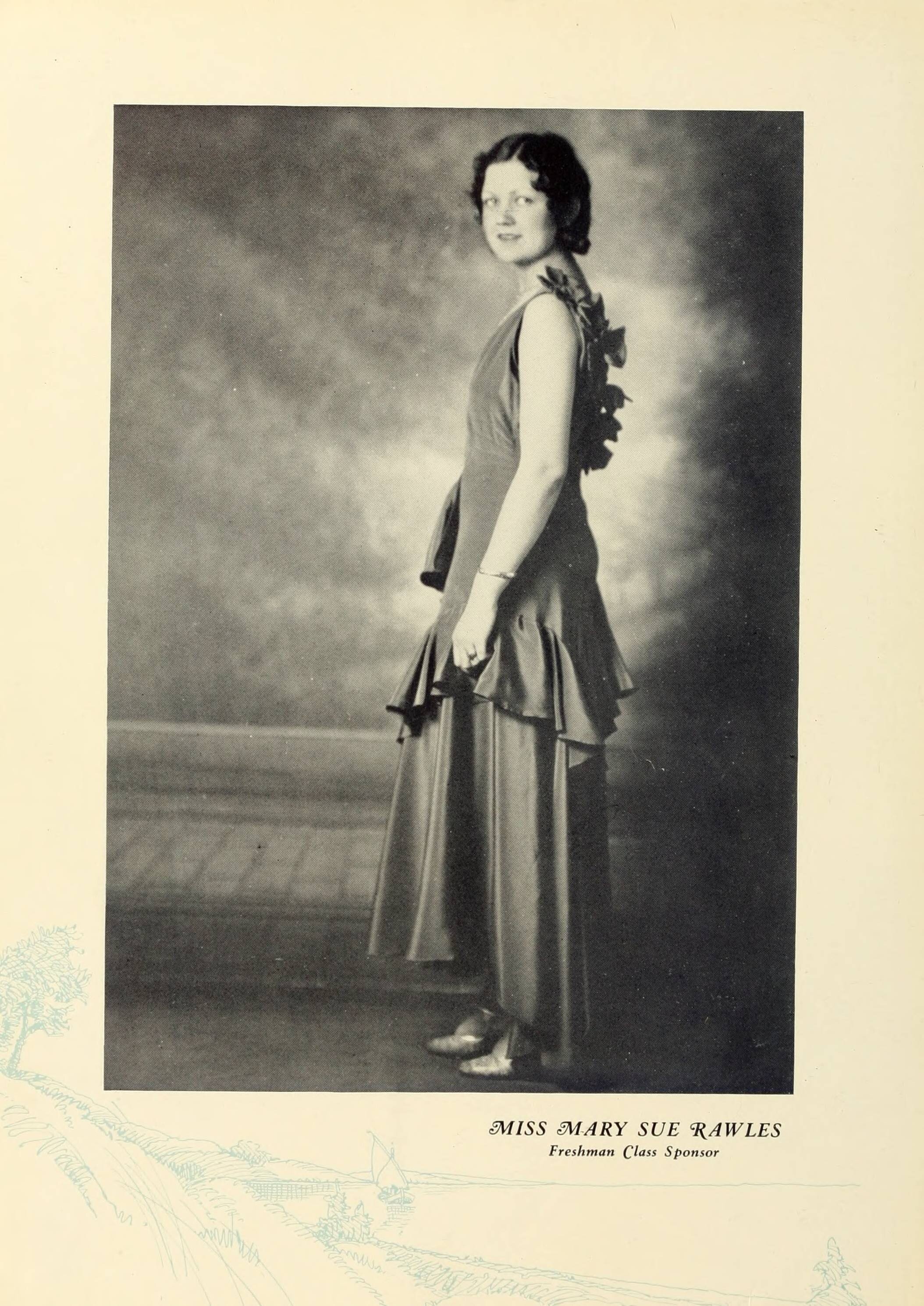
1930: Photos from the depression era feature noticeably less extravagant and simple dresses.
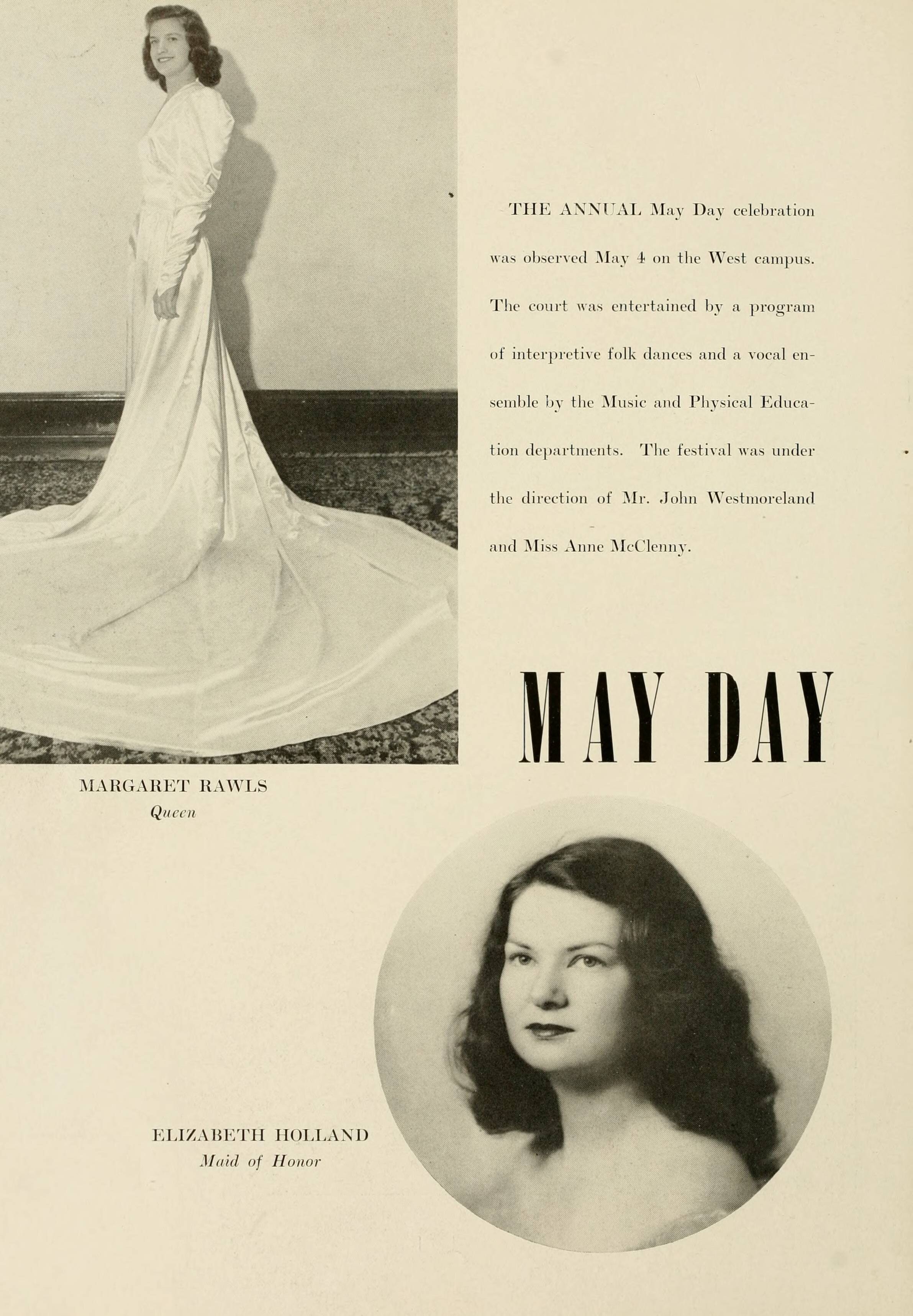
1946: The year after World War Two ended, formalwear was distinctly bridal pointing to nuclear family values.
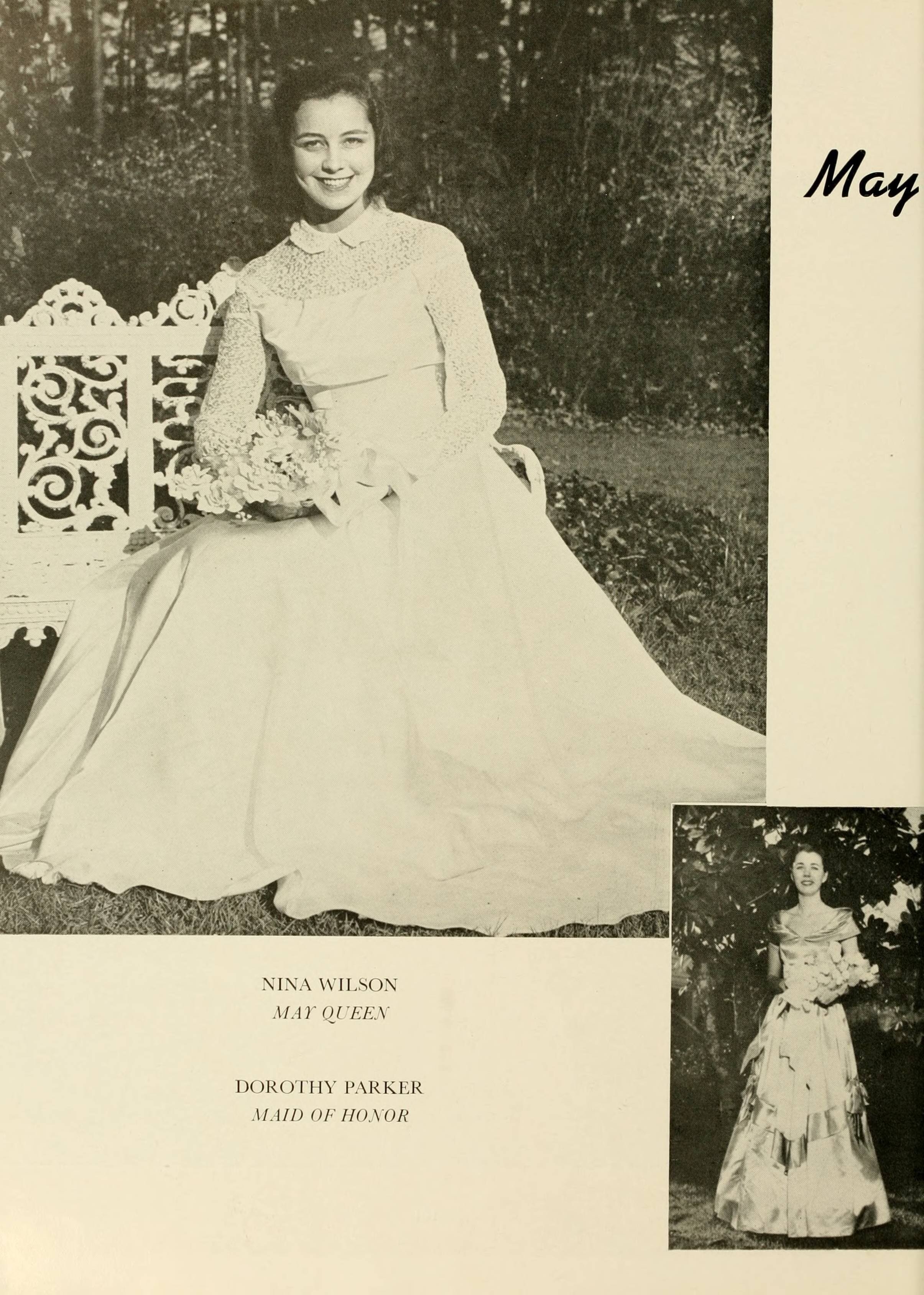
In 1950, students wear long dresses with covered shoulders.
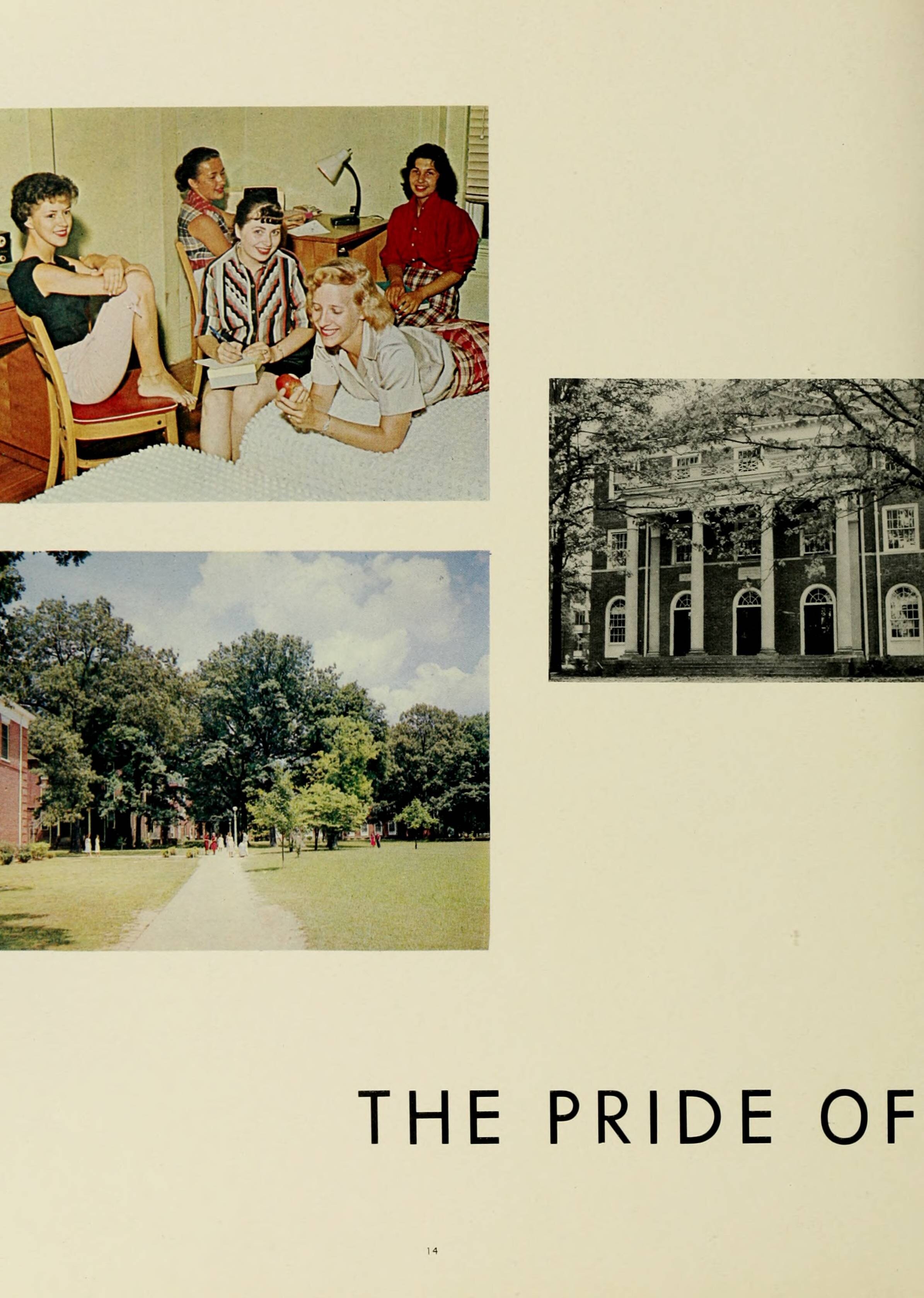
In the 1960 yearbook, women lounge wearing pants.
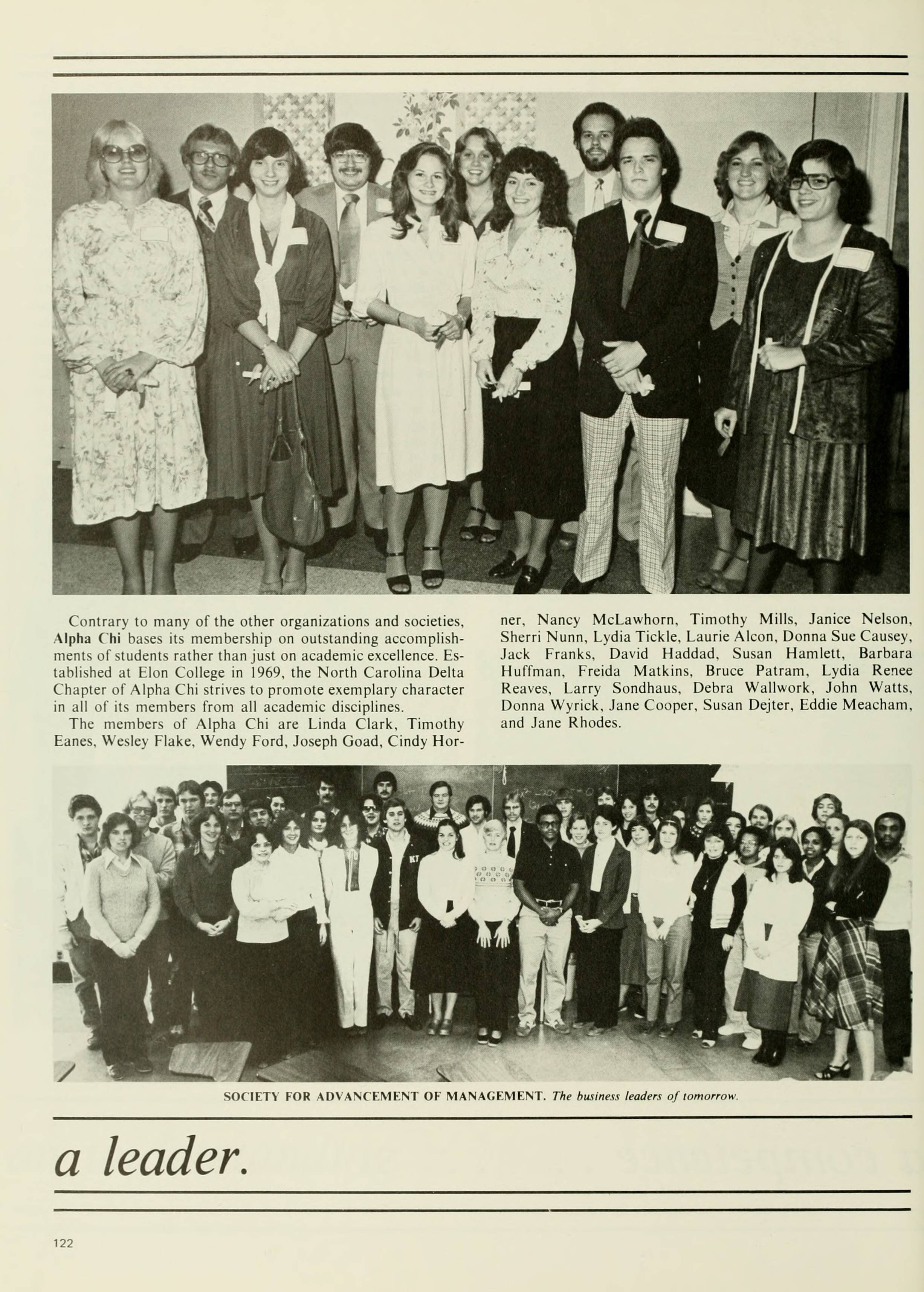
1980: Female students wore pants. This was also the first yearbook in this timeline that included students of color.
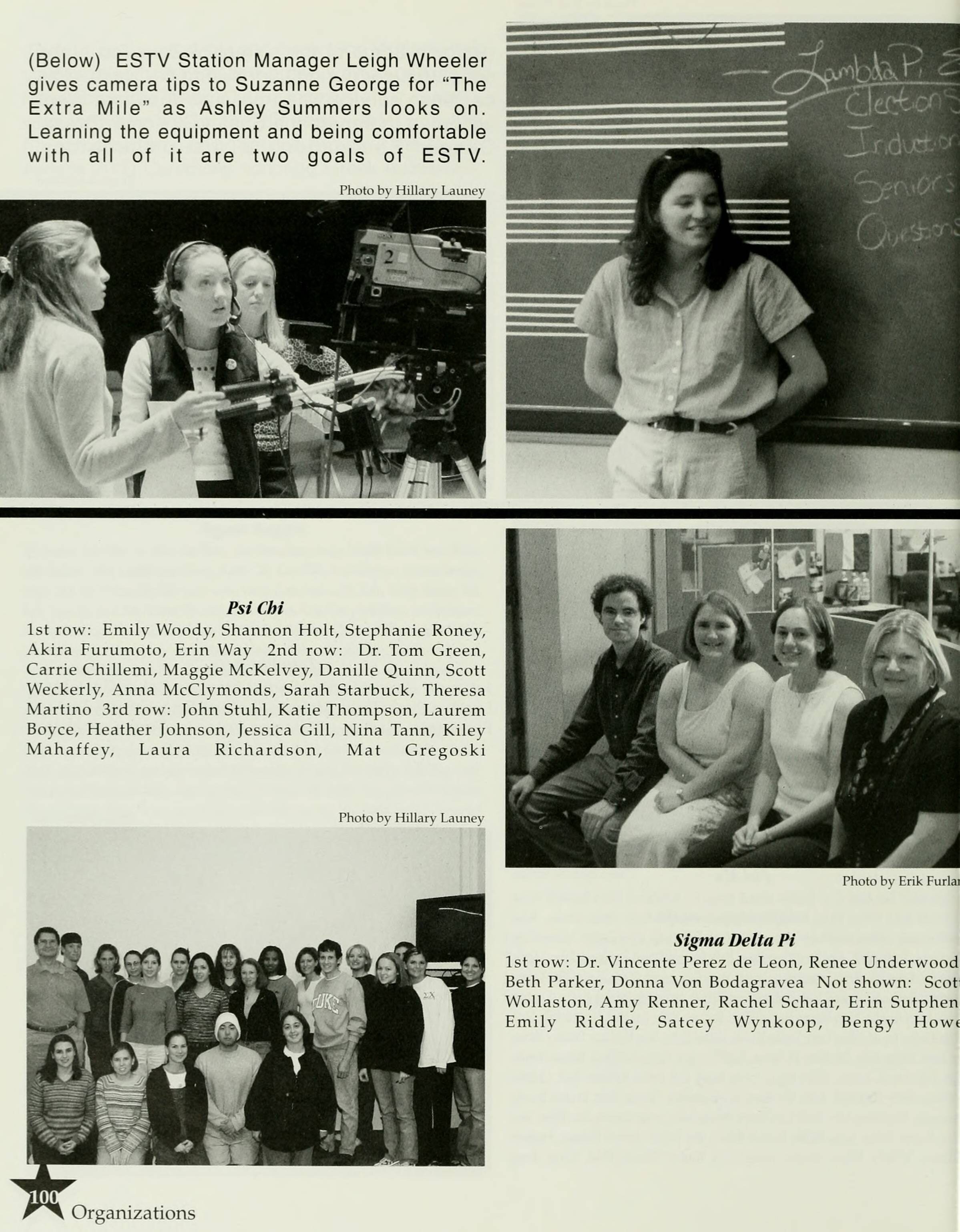
2000: Female students this year preferred casual styles, solids, and more neutrally colored tops over the patterns and colors of 1980.
2021:














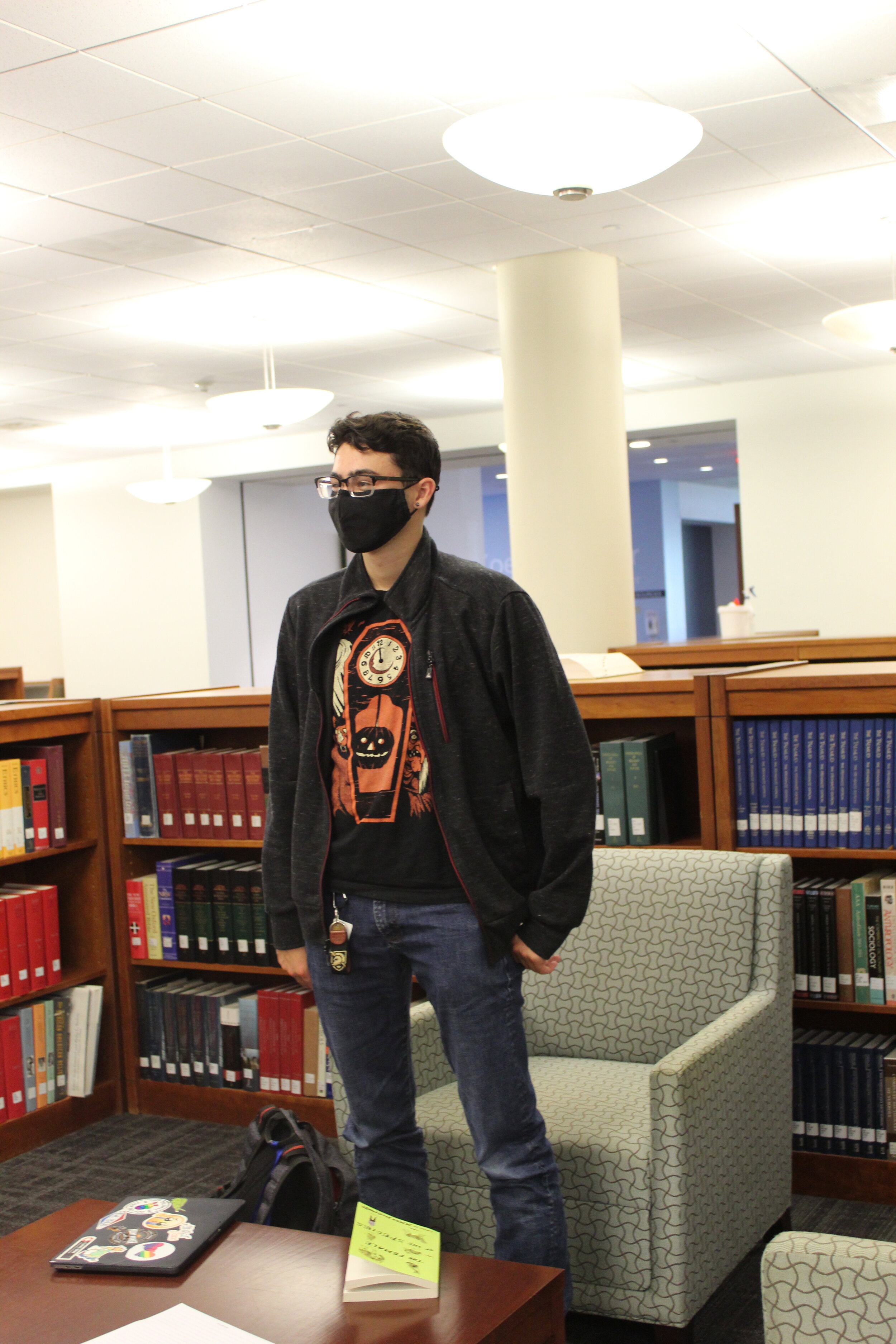

Showing off her carefully curated closet, Lydia Elste declared fashion her medium of expression—each article of clothing communicating pride, nostalgia, or joy and complemented by a story and a vision. As fashion editor for Elon University’s student-run fashion and lifestyle magazine, The Edge, styles and trends are not just a means to an end to be presentable to the world for Elste, but her craft.
Clothes, she said, can tell you a lot about a person. They can be indicative of intention and position: where someone is in life and where they want to be.
Getting ready in the morning, one’s choice in apparel may even reflect deeper sentiments and psyche. Psychology affects behavior, including how people choose to dress, scholars Annette Lynch and Mitchell Strauss explain in their book Changing Fashion: A Critical Introduction to Trend Analysis and Cultural Meaning. Fashion “may well be propelled by the very nature of who we believe ourselves to be!”
What one chooses to wear though, may be an expression beyond personal. The choices that individuals make about their own body are a reflection of society and indicative of one’s thoughts on society, according to theorist Mary Douglas.
A college campus like Elon presents a very centralized social scene, with its own set of cultural norms and situations. At Elon, breaking a dress code can be more than upholding personal style, but a protest against the rules.
Because fashion is a form of expression, identity is an important part of the puzzle, too. Demographic factors such as students’ race, religious affiliation, socioeconomic status and gender may impact the fashion scene on campus.
In many aspects, Elon has become a more diverse institution over time, according to Elon’s Department of Institution Research and Assessment.
The campus gender ratio has remained fairly stagnant, though it is notably based on binaries, not including, for example, genders other than male and female. The percentage of students of color has also increased since the first Black graduated in 1969, and has even fluctuated in the 21st century, though Elon’s student population is still largely white.
And, as Elon has shifted away from its roots in the Christian Church, its population has become more religiously diverse. In the case of students’ socioeconomic status, 2067 of Elon’s 6047 undergraduate students qualified for need-based financial aid for the 2020-2021 academic year. Still, the university has garnered a reputation of wealth.
Because Elon’s student body is still predominantly homogenous, it remains to be seen how increasing diversity will impact style on campus, according to Ann Cahill, Elon professor of philosophy whose scholarship focuses on bodily philosophy.
“That’s really a question of the degree to which the community is truly welcoming to different kinds of aesthetics, to different kinds of apparel, and to different kinds of ways of presenting appearance,” Cahill said, “or whether inclusion or having a more diverse student body and faculty-staff body comes at the cost of assimilation.”
Relationships also impact how people express themselves, according to Cahill. People are influenced by those around them and their communities, with clothing expression that interpersonal communication, she said, indicating Elon as a community with influence over its students.
This evolution leads to today, an entirely new fashion landscape.
In 2021, sweatshirts, t-shirts, sneakers, jeans, sweatpants and athletic shorts are popular, seen en masse as Elon’s mostly female student populations pass between classes. Athleisure is an extremely popular choice, too, seen in athletic leggings, sets or sweatsuits. While a great variety in outfit choice can be seen around campus, many female students dress very casually.
In the last couple years, the most eye-catching change in apparel compared with years featured in the Phi Psi Cli books is the appearance of face masks. The COVID-19 pandemic has made this daily wardrobe addition necessary. Both Elste and her assistant editor and fashion connoisseur, Delacey, agree that this pandemic has shifted fashion on campus in other ways, too.
While Delacey said that stay-at-home mandates have led to a surge in athleisure that has been perpetuated by busy lifestyles post-lockdown, Elste explained that being released from isolation has led to people caring more about their appearance and putting more effort into their looks when they leave their homes.
Over time, female students dressed less modestly and similarly, over time, female students dressed less formally. A move away from long skirts and covered shoulders associated with modesty may indicate changing societal norms and perceptions about female bodies. This may also reflect enhanced levels of acceptance for women’s bodily autonomy and a move towards more casual dress and style choices may indicate lowering levels of societal structure as time has passed.
On Elon’s campus, women may be experiencing more freedom than ever before, as noted in their style, and may be fostering a culture more open than ones that female students will face in the workplace after graduation. Fashion on campus may be significantly more casual and more skin-baring than in many other settings such as professional ones that, according to Cahill, tend to have strict, sometimes stifling, expectations for dressing.
What does it mean then, when trends are recycled?
“Trends will just always have a way of coming back around and I’m not exactly sure why, maybe because we missed them? Or found a way to repurpose them/change them up a bit?” Delacey said about the cyclic nature of fashion trends, noting how styles from past decades have made a resurgence and the recent popularity of vintage clothing.
“Y2k fashion becoming really big in the last six months was a big part of everyone remembering the early 2000 years,” said Elste. “And I think that’s regarded as a really good time with really fun outfits—things that just made you feel happy… Wanting to feel that way again, I think that’s the reason y2k fashion had such a big comeback.”
Elste sees nostalgia as driving many trends now, her favorite decade’s fashion being the 1970’s. Times past are being romanticized for their wardrobes, often forgetting troublesome parts of their history. It’s unclear whether nostalgia for a decade’s trends indicate a similar nostalgia for that decade’s social culture and all the structure that comes with it in comparison to today.
Still, today is not without its own problems. The most prominent controversy right now is over the dress code at the Koury Gym, and the conversation will continue indefinitely.
